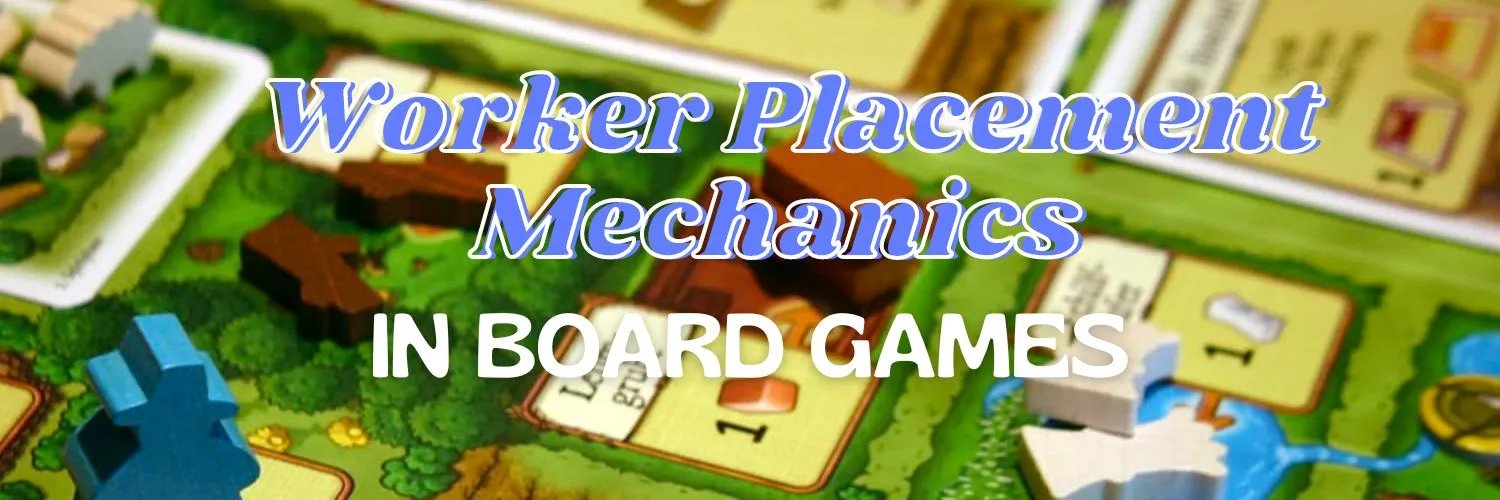
In the board game universe, one mechanic has consistently captured the hearts of strategic minds: worker placement mechanics.
This engaging game mechanic is more than just an action; it’s a strategic decision-making process that defines the ebb and flow of some of the most iconic tabletop games today.
Let’s dive into the intricate world of worker placement, uncovering its appeal, complexity, and the reasons why it remains a staple in the board game community.
Understanding Worker Placement
Worker placement is a game mechanic where players place game pieces (workers) on specific spots on the board to perform an action or gain resources. The number of spots is limited, creating competition among players for the most advantageous positions.
It’s a dynamic mix of resource management, strategic planning, and sometimes, a race against your opponents to claim the most valuable real estate on the board.
The Appeal of Worker Placement
The charm of worker placement lies in its simplicity coupled with deep strategic potential. It’s easy to grasp the basics: place a worker, and perform an action. Yet, beneath this simplicity is a layered puzzle.
Each move a player makes cascades into future turns, creating a web of possible outcomes and strategies that can define the winner.
Key Strategies:
- Prioritization: Understanding which actions to take and when is critical.
- Flexibility: Being adaptable to other players’ actions and having a plan B (and C) is crucial.
- Efficiency: Maximizing the benefit from each worker placement ensures that no move is wasted.
- Observation: Keeping an eye on opponents’ strategies can provide insights on what moves they might be considering.
- Resource Management: Balancing the acquisition and expenditure of resources to maintain a strong position throughout the game.
Popular Games Featuring Worker Placement
Worker placement is featured in a myriad of games, each with a unique twist. Agricola challenges players to manage a farm efficiently. Conversely, Lords of Waterdeep immerses them in the Forgotten Realms city’s bustle, where completing quests garners influence.
Viticulture allows players to manage the delicate process of wine-making, and Caylus places players in the Middle Ages, where they contribute to the building of a castle.
The Future of Worker Placement
Game designers continue to innovate, blending worker placement with other mechanics or increasing the complexity of what a ‘worker’ can do. This evolution keeps the mechanic fresh and exciting, promising gamers new experiences and strategies to explore.
Conclusion
Worker placement embodies the core joy of impactful choices and resource competition. It’s an intellectual dance, mixing anticipation with strategic risk. Despite board games evolving, worker placement remains popular, showcasing its lasting appeal and consistent joy in tabletop gaming. Seasoned strategist or newcomer, explore worker placement to test your wit and decision-making on the board.
Beyond the intricate dance of worker placement, there’s a vast galaxy of other board game mechanics to explore.
| Auction Mechanics | Movement Mechanics |
7th November 2023

